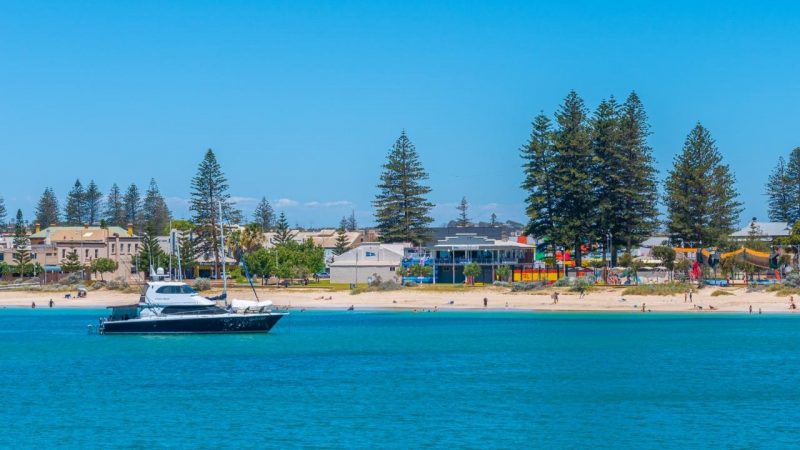- As prices boom at a double-digit pace across Australia’s regions, a property buyer has warned that the results ‘may send the wrong signal to first-time property investors’
- Adviseable property buyer Kate Hill says not every regional area is a sure-fire investment winner
- While ABS data shows more people are moving to regional areas than capital cities, Hill said only time would tell if the trend continued
- Hill said some major regional locations such as Ballarat, Bendigo and Geelong had strong property markets long before the pandemic, whereas others had been struggling for years due to their remote locations and one-industry economies
As prices boom at a double-digit pace across Australia’s regions, a property buyer has warned that the results ‘may send the wrong signal to first-time property investors’.
According to the most recent CoreLogic data, dwelling values in regional Australia increased by 13 per cent over the past year, while capital city dwelling values increased by 6.4 per cent.
Adviseable property buyer Kate Hill said not every regional area was a sure-fire investment winner.
“Clearly, pent up demand and a number of other factors, including record low interest rates, are motivating more investors to buy into markets near and far, but the fundamentals must stack up over the long-term as a strategic investment location,” she said.
While ABS data shows more people are moving to regional areas than capital cities, Hill said only time would tell if the trend continued.
“Some investors might be considering these short-term migration patterns, as well as the current robust price growth, as justification for buying into regional areas,” she said.
“But, in a year or two, they may be left with an investment property in a location where many of the new residents have already reversed their decision-making and gone back to the city.
“Plus, they may have bought into an area where the local economy was always reliant on one industry, such as tourism or mining, which is not akin to significant nor sustainable capital growth over the years ahead.”
Hill said some major regional locations such as Ballarat, Bendigo and Geelong had enjoyed strong property markets long before the pandemic, whereas others had been struggling for years due to their remote locations and one-industry economies.
These factors are why novice property investors must consider the investment fundamentals of a location before deciding to buy real estate there, she said.
“Some of the key fundamentals include having a diverse and vibrant local economy, solid jobs growth, and a variety of industries such as health, construction, retail, and education to adequately service its local population,” Hill said.
“In regional areas, the local economy must also be self-sufficient, which means local most residents should live and work there as well as spend their money there.”
Hill said making investment decisions on short-term movements might burn the prospective investor.
“Just because a place has had a few months of price growth and property prices seem affordable, doesn’t make it a sound investment location,” she said.
“By purchasing in an inferior regional or remote location, some investors might find out that the so-called ‘cheap’ buy-in price becomes a very expensive ‘experience fee’ in hindsight.”

